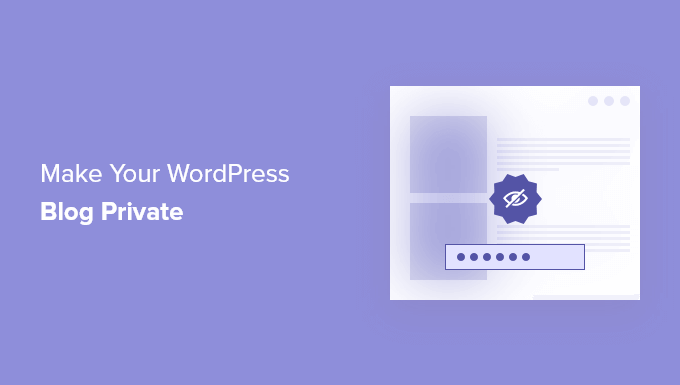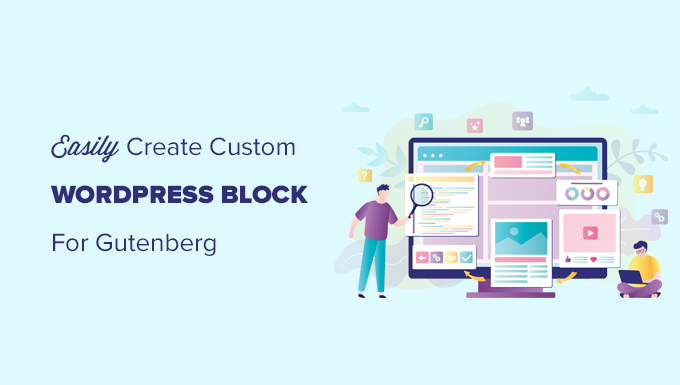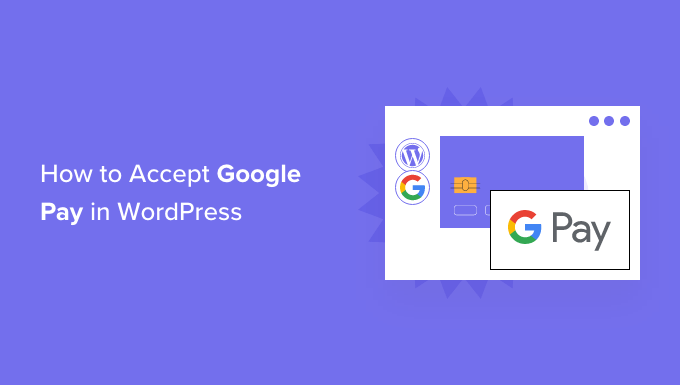Do you want to entirely hide your WordPress Blog?
You may make your WordPress Blog fully private, meaning that only you and your chosen readers will be able to see the stuff you post.
We’ll teach you how to make your WordPress blog entirely private in this article.
Why Make Your WordPress Blog Completely Private?
When you create a new blog post in WordPress, you’ll usually want to publish it for everyone to view.
There are instances, though, when you may wish to establish a private blog or make particular articles private and only accessible to select individuals.
There are a variety of reasons to make your WordPress blog private, including the following:
A blog that is in the process of being constructed or maintained, and hence is not yet available for public consumption.
A family blog where you may share images from family gatherings, weddings, and babies, among other things.
A private blog for your personal journal or diary.
A private location where teams may work on projects and collaborate away from the public eye.
Only registered students have access to a classroom website with courses and notes.
So, let’s have a look at how to make your WordPress blog fully private. Simply click on one of the fast links below to get to the technique you wish to employ.
SeedProd allows you to make your WordPress blog fully private.
Using MemberPress to create a private members-only website
Using My Private Site to make your WordPress site private
Individual WordPress blog entries can be made private.
Method 1. Making Your WordPress Blog Private with SeedProd
Using the SeedProd plugin is the simplest method to keep your blog entirely private. It’s the most popular WordPress theme builder and drag-and-drop page builder, with over 1 million websites using it.
It allows you to quickly construct coming soon and maintenance mode pages to keep your WordPress blog private, as well as develop your email list while you’re doing so.
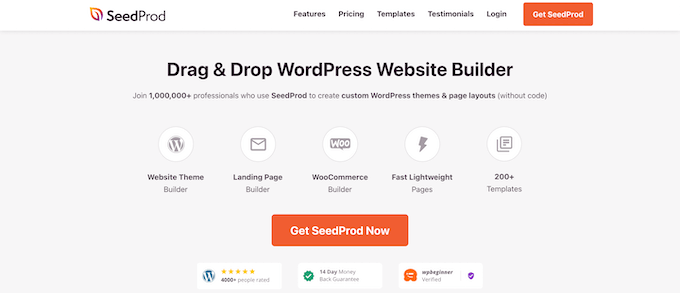
It also comes with 150+ templates that you can use to create custom pages such as 404 pages, webinar registration pages, and even full custom WordPress themes without having to write any code.
See our advice on how to make a stunning coming soon page in WordPress with SeedProd if you want to launch your blog with a coming soon page.
Your coming soon page may assist evaluate user interest, develop excitement, and gather leads in addition to keeping your blog secret.
You may keep your blog private for as long as you like now that your coming soon page is online. While your blog remains secret, you may design your coming soon page to function as a home screen.

See our tutorial on how to put your WordPress site in maintenance mode if you wish to put your blog in maintenance mode for a while.
Once your site is in maintenance mode, you can make whatever changes you like or even start over with a new blog. Search engines are also prevented from crawling and ranking your site when in maintenance mode.
Only the maintenance mode screen will be shown to your visitors.

Method 2. Creating a Private Members-Only Website with MemberPress
You can also make your blog private by creating a membership blog that is only accessible by members.
The MemberPress plugin is the best method to achieve this. It’s one of the top WordPress membership plugins, with developers earning over $600 million in just the previous year.
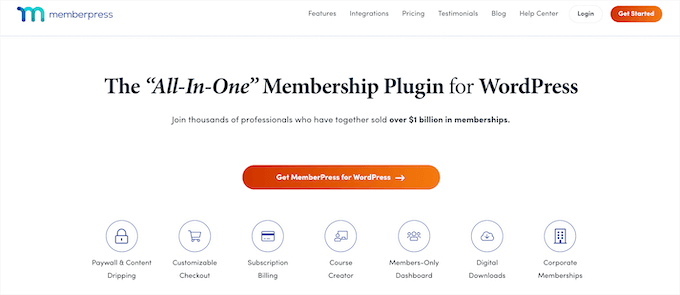
Within the WordPress block editor, you can effortlessly build online courses, set access permissions, and add lessons.
It also connects with the most popular WordPress page builder plugins, allowing you to add drip material to premium pages in WordPress, create content paywalls, and restrict free content to select users.
See our complete guide to constructing a WordPress membership site for additional information on how to set up your members-only website.
Method 3. Making Your WordPress Blog Completely Private with My Private Site
You may also use the My Private Site plugin to make your WordPress blog private. This plugin makes it simple to conceal your blog and is ideal for personal blogs and businesses who do not want to make their material public.
It may also be used to generate a coming soon or under construction page when your website is under construction, however the SeedProd approach above performs a far better job.
The first step is to install and activate the plugin. See our beginner’s guide to installing a WordPress plugin for additional information.
To configure the plugin settings, navigate to My Private Site » Site Privacy after activation.
Next, you need to check the ‘Enable login privacy’ box, so the plugin will make your site private.
Then, click the ‘Save Privacy Status’ button.
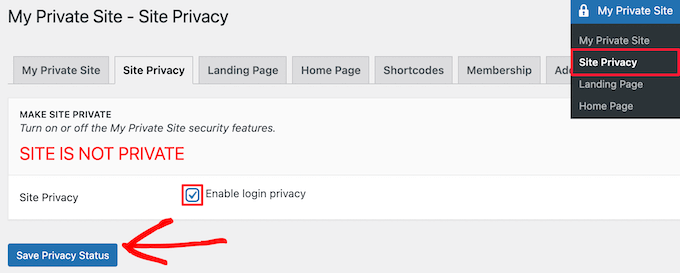
With this option enabled, visitors will see your site login screen when trying to visit your website.
Next, click the ‘Landing Page’ menu option.
Here, you can choose where users will be redirected after a successful login.
Simply select the radio button in the ‘Landing Page After Login’ section, or enter a specific URL into the ’Specified Destination URL’ box.
Then, click the ‘Save Landing Page’ button.
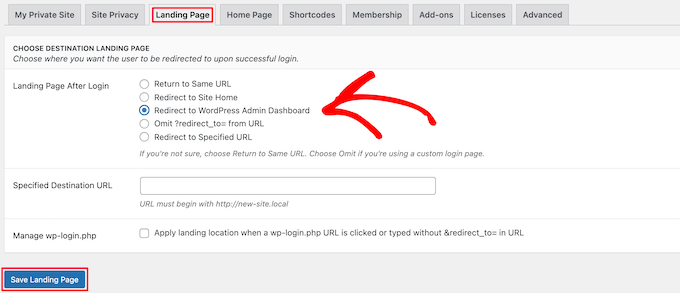
After that, click the ‘Home Page’ menu option.
Here, you can check the box in the ‘Site Home’ section to make your homepage accessible to visitors.
We’ll leave the box unchecked, but it can be helpful if you want to show a message to your visitors while keeping the rest of your website hidden.
If you make changes, then click the ‘Make Page Public’ button.

Then select ‘Membership’ from the drop-down menu.
You may choose whether or not users should be allowed to register for your blog here.
Both boxes must be ticked to allow visitors to register and access your blog. Leave both options unchecked if you don’t want users to be able to register.
Then, click the ‘Update Options’ button.

After that, your WordPress blog will be completely private.
Only users with login credentials will be able to log in and view your blog.
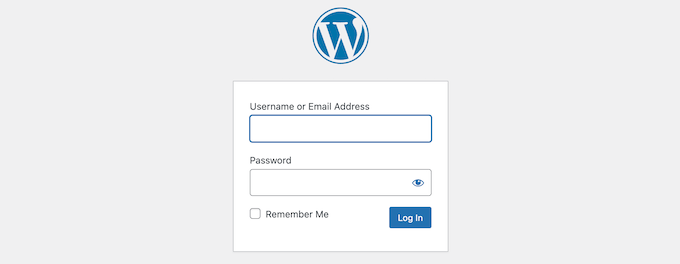
Method 4. Making Individual Blog Posts Completely Private with WordPress Settings
If you only want to make individual blog posts completely private, then you can use the built-in WordPress settings to do this.
Simply open up the blog post you want to make private, or create a new post. Then, on the post editor screen, you’ll see a ‘Visibility’ option in the ‘Status & visibility’ meta box.
Then, you need to click the ‘Public’ link.

This brings up a drop down where you can select the ‘Private’ option or even make your post password protected.
Simply click the radio button to choose the option best for your needs.

You’ll need to provide a password if you wish to make your post password protected. To see the post, your users will need to enter the password you set.
To make your post private, click the ‘Update’ or ‘Publish’ option once you’ve completed making changes.
When signed into the WordPress dashboard, only admins and editors will be able to see the article.
You don’t have to worry about this if you’re the only one who visits your blog. However, if you have other users, ensure sure they have the appropriate user role to see the message.
See our tutorial on how to add or remove capabilities from user roles in WordPress for more information.
See our article on how to enable content lockout in WordPress if you want to require viewers to join up or become members before reading your material.
We hope that this post has shown you how to entirely hide your WordPress blog. You might also be interested in our guide to getting a free email domain and our expert selections for the top WordPress analytics solutions.

